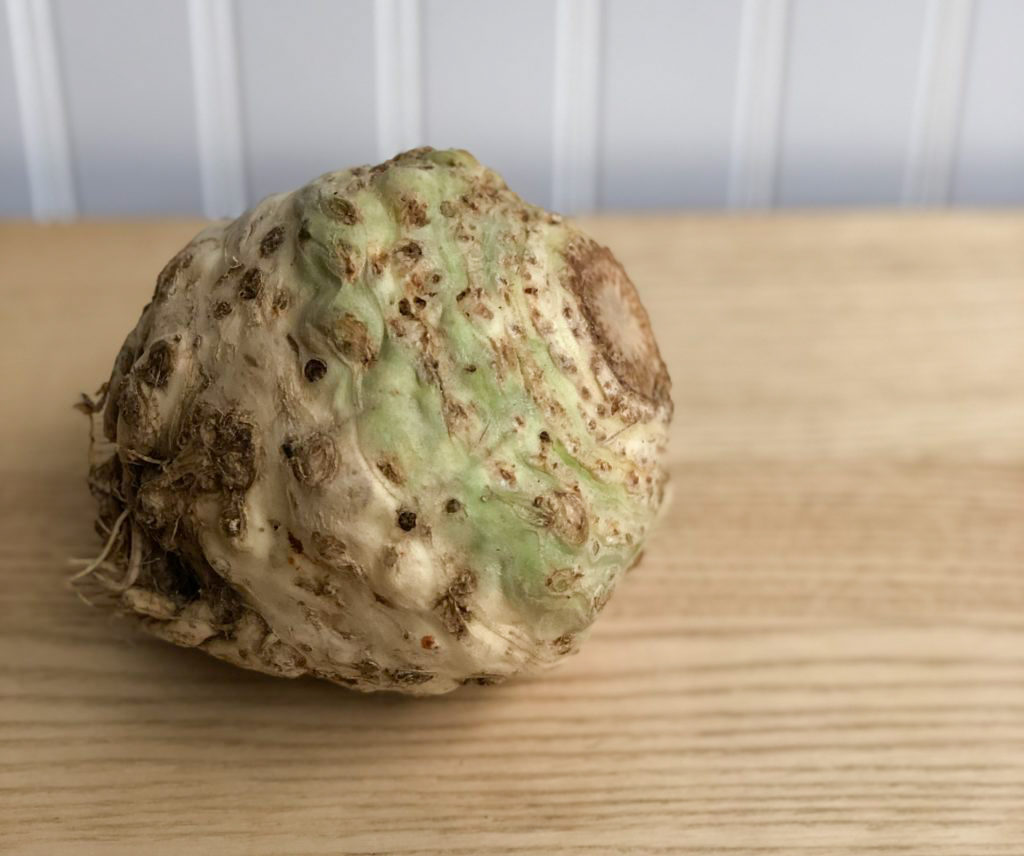Celeriac 101

You’ve probably seen these knobby bulbs at your grocery store, nestled next to the beets or radishes. Perhaps you’ve inhaled their strong celery aroma when passing by. But have you ever cooked with celeriac? If not, then today’s the day!
Celeriac basics
Celeriac, also known as celery root, is the bulb of a celery plant – but a different variety than the celery we’re used to, with its bright, crispy stalks so necessary for soups, stocks, and salads.
Though their flavors are similar, celery and celeriac are not interchangeable. Celeriac is much nuttier and earthier than celery stalks. It also has a much lower water content ratio. This gives it a dense, potato-like texture and consistency, making it perfect for purees, mashing, and roasting.
Celeriac is full of vitamins
Celeriac is a good source of vitamins B6 and C. It’s a great source of vitamin K, containing about 39% of the recommended daily value in a 100g raw serving. Celeriac is also a great source of fiber. Since it has about half the carbs of potatoes, it’s a great substitute.
How to cook celeriac
You need to peel celeriac, because the dense skin is tough and inedible. To peel, use a sharp knife to slice off the top and bottom tips. Set it on one of the sliced ends on a cutting board and run the knife down the sides to peel the skin from the white, edible interior.
Substitute celeriac for just about any other root vegetable. It’s also fantastic grated onto salads. Pair with a bright vinaigrette to lighten the nutty, intense flavor.
Chop peeled celeriac into 1” cubes, toss with olive oil and salt and pepper, and roast at 375° F for 30-40 minutes. Alternatively, roast with thyme and cubed pancetta, then puree with cream and Parmesan for a delicious root veggie soup.
Celeriac stores well for 6-8 months in the refrigerator if sealed in a glass container.
Explore other fun, unique vegetables to try, including romanesco and sunchokes.
